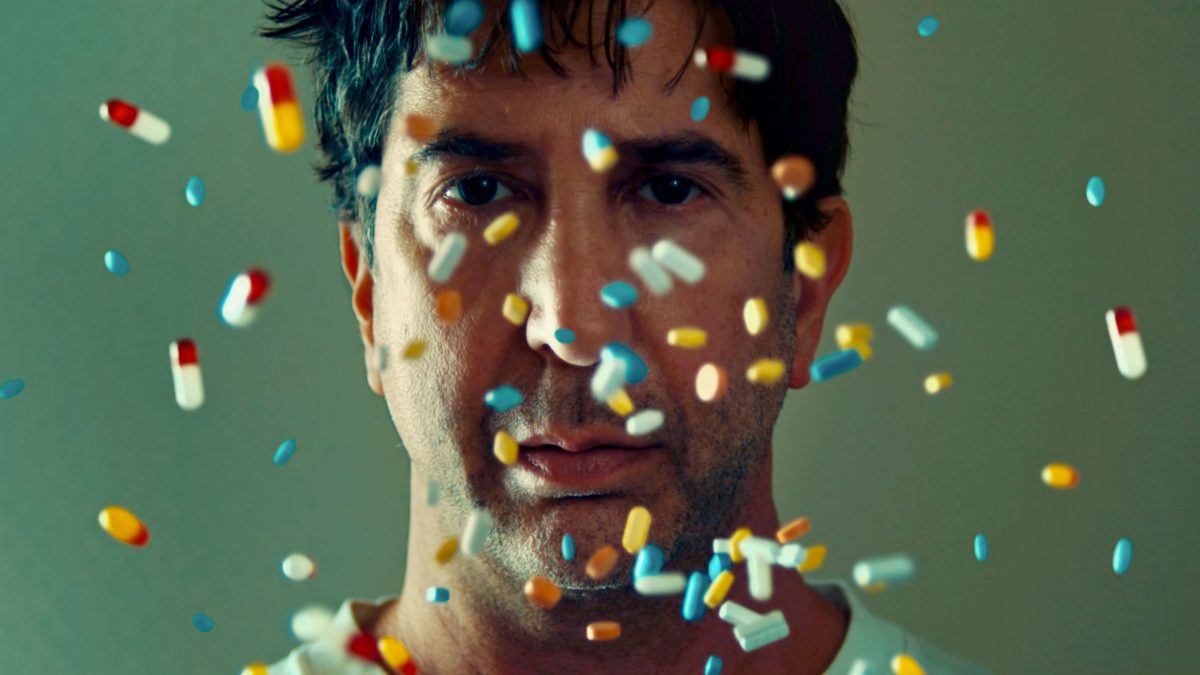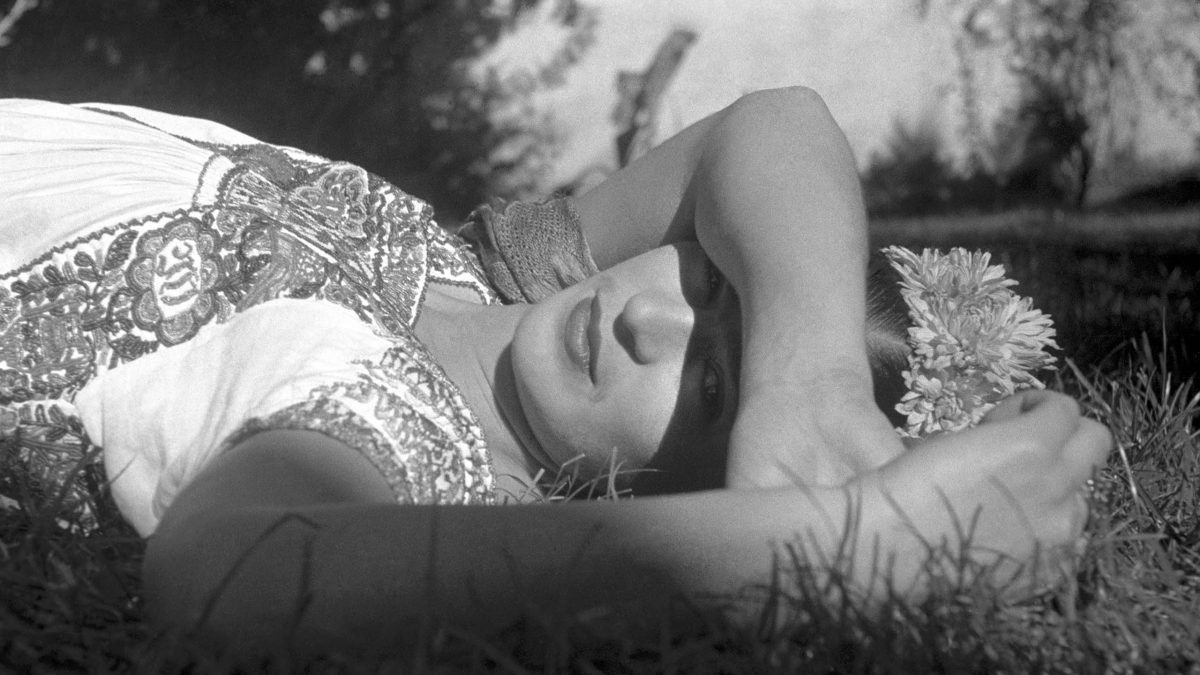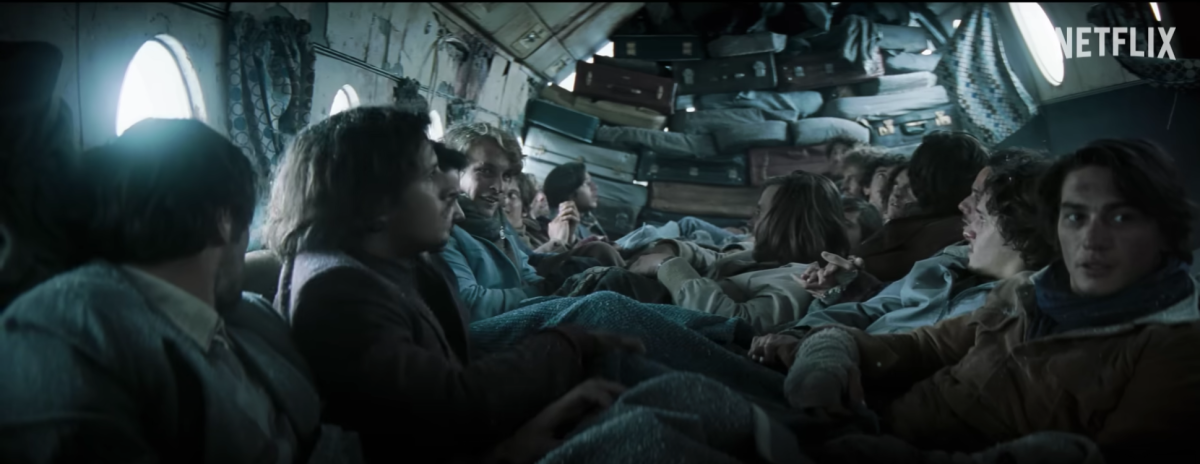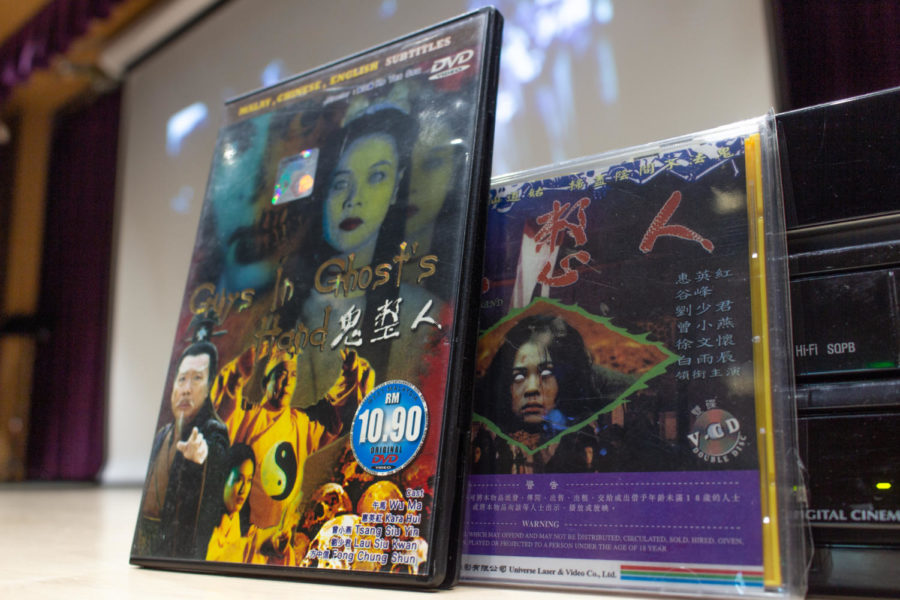
Charming and sometimes beautiful, “When Marnie Was There” sets a leisurely pace, a welcome contrast in a summer already overstuffed with towering blockbusters. The latest film from renowned Japanese Studio Giblhi, “Marnie” never rises to the level of the studio’s past triumphs. Instead, it merely contents itself with being good.
That may be enough, since “Marnie” could be Studio Giblhi’s final film. In light of legendary Giblhi director Hayao Miyazaki’s retirement in 2013, the studio is entering an indefinite hiatus.
An adaptation of the 1967 British novel by the same name, the film features an interesting mix of Japanese and English culture, seen most blatantly in the character names: the English names Anna and Marnie inhabit the same narrative space as the decidedly Japanese names Yoriko, Toichi, Hisako and Sayaka.
The story opens on teenage foster child Anna, a self-declared outsider never far from her sketchbook. Aloof and occasionally sullen, Anna suffers from rare, yet crippling, asthma attacks that serve to mask deep social anxiety and abandonment issues.
“I hate myself,” declares Anna, full of adolescent angst, in the opening lines of the film.
Upon recommendation from her doctor, Anna is sent by her foster mother to relatives in seaside rural Hokkaido to help with her asthma. There, she is immediately entranced by an abandoned mansion across the bay, dreaming of its illusory inhabitants and spending her days sketching it in her notebook.
Eventually, Anna meets a strange girl named Marnie, a cheerful inhabitant of the mysterious mansion. Always somewhat less than real yet more than a dream, Marnie represents everything Anna is not. Confident, happy, socially secure and occasionally daring, Marnie becomes fast friends with Anna.
Whether Marnie is real, some kind of ghost or a product of Anna’a imagination is an open question through much of the narrative.
The growing secret friendship between Anna and Marnie forms the heart of a film replete with female relationships. While many might find lesbian undercurrents in this developing friendship, the film is content to keep Anna and Marnie’s relationship platonic, but they are not shy in declaring their love for each other.
As the story unfolds, the sometimes-illusory Marnie helps Anna reach outside herself and overcome her social anxiety. Eventually, Anna helps Marnie overcome her own challenges, as we discover the latter’s confidence masks her own personal and domestic insecurities.
The animation is standard fare for Studio Giblhi, which is to say that it is realistic, brimming with detail and featuring composition never far from exquisite. Writer-director Hiromasa Yonebayashi clearly knows his craft.
Make no mistake—the film is no masterpiece. The story, while well told, fails to carry the emotional weight or sense of wonder that has defined Giblhi films since the studio’s inception. Visuals are striking but never breathtaking, and characters are well developed but never particularly complex. Takatsugu Muramatsu’s soundtrack serves the film well without distinguishing itself.
Where the film shines is in the depiction of Anna’s developing relationships, not just with the mysterious Marnie but with her forthright and caring foster mother, Yoriko; with the Oiwas, an eccentric and lovable couple Anna boards with in Hokkaido; with the elderly and elegant painter Hisako, who shares Anna’s fascination with the manor across the bay and with the young girl Sayaka, who helps Anna solve a few mysteries surrounding Marnie.
“Marnie” manages to capture the simple nature of country life without being overly pretentious, a modest endeavor that still manages to stand on its own merits. At 103 minutes, the film hits an elusive sweet spot by ending on a satisfying note, leaving audiences wanting more.
“When Marnie Was There” is rated PG for thematic elements and smoking. It is currently playing at Broadway Centre Cinemas at 111 Broadway St. in Salt Lake City. Matinee showings are in English; 4:25 p.m. and later showings are in Japanese with English subtitles.













